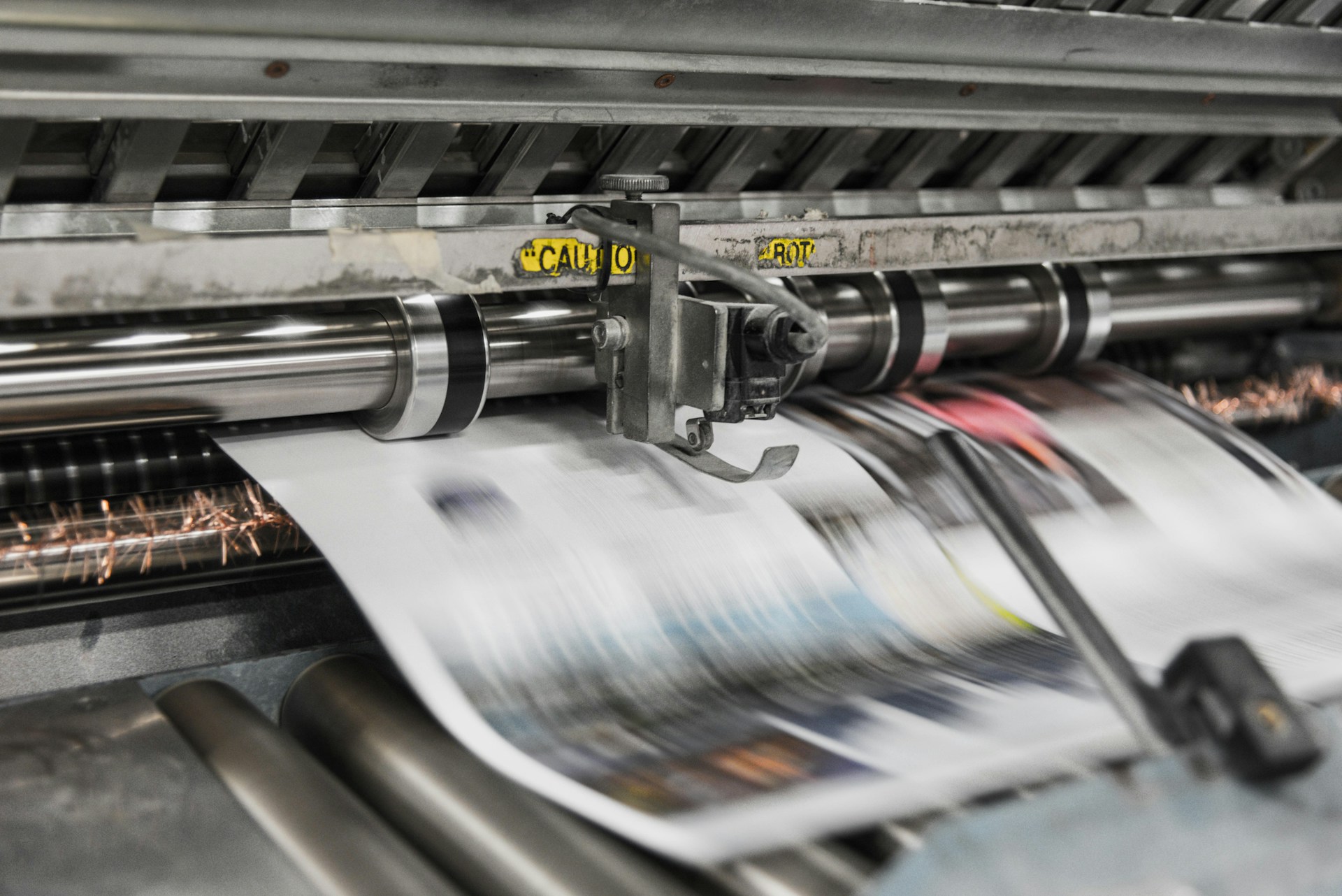According to Grand View Research, the US digital printing industry generated $10.0658 billion in 2023, and forecasts expect it to grow to $14.498 billion by 2030. That's a massive compound annual growth rate (CAGR) of 5.6% between 2023 and 2030. The global market is even bigger, estimated to be worth 38.07 billion in 2023.
Those are big numbers primarily driven by the rise of on-demand printing, a sector of digital printing that's growing by a massive average of 26% year-on-year.
But there was one problem that seemed to plague digital printing: sustainability. But with such a global focus on sustainability, companies like DTG printer provider, Kornit Digital, are investing massive amounts of money to implement sustainable practices and technology.
Below, we'll look at some of the top sustainable digital printing practices and technologies.
Sustainable Digital Printing Technology
Sustainable printing technology is driving the new practices that are revolutionizing the industry. Here are two of the most effective:
Pigment-Based Inks
Pigment-based inks, like NeoPigment inks compatible with a direct to garment printer, come as a replacement for dye-based systems. Instead of going through the lengthy and high-energy-consuming steaming and washing process of traditional ink printers, the pigment ink sits on the fabric surface and is fixed using heat.
There's no pre-treatment or post-washing needed, therefore drastically reducing energy consumption with minimal chemical use.
Reactive Dye Digital Printing
Instead of pigment-based inks, this uses water-soluble dyes for natural fibers integrated through a closed-loop water recycling system. The closed-loop recycling system makes this one of the top sustainable solutions by recycling up to 90% of the water.
This type of digital printing method still produces vivid colors and the depth of traditional textile printing practices and penetrates the fibers of the textile for permanent coloring.
Sustainable Digital Printing Practices
Sustainable digital printing practices are equally as essential as the technology. Two of the top sustainable digital printing practices are:
Green Fabric Choices
The ink and the technology were a massive issue, but so was the fabric and how companies sourced it. Some would say the fabric was more of an issue. Green fabric choices include:
- Organic cotton
- Hemp
- Bamboo
- Recycled polyester (one of the most common)
Digital Workflow Optimization
Digital workflow optimization is dramatically reducing energy waste and saving time by providing full control and precision. That improves:
- Trial and error waste
- Accurate color management
- Smart inventory and job tracking
How Sustainability is Changing the Industry
The printing industry was using massive amounts of energy and failing to source sustainable textiles for their products. The effects on the environment were devastating. In 2024, the European Parliament released a report stating that textile production was responsible for 20% of global clean water pollution from dyeing and finishing products.
Something had to change, and it's changing for the better. Companies are more focused on protecting the environment while still producing high-quality textiles.
Sustainable digital printing practices and technologies have changed the industry for the better. The quality of the garments isn't changing, but the lasting impact the industry is having on the environment is. Still, it'll take years to undo the damage that's already been done. As more companies invest in sustainable practices and technologies, the situation will only improve globally.














